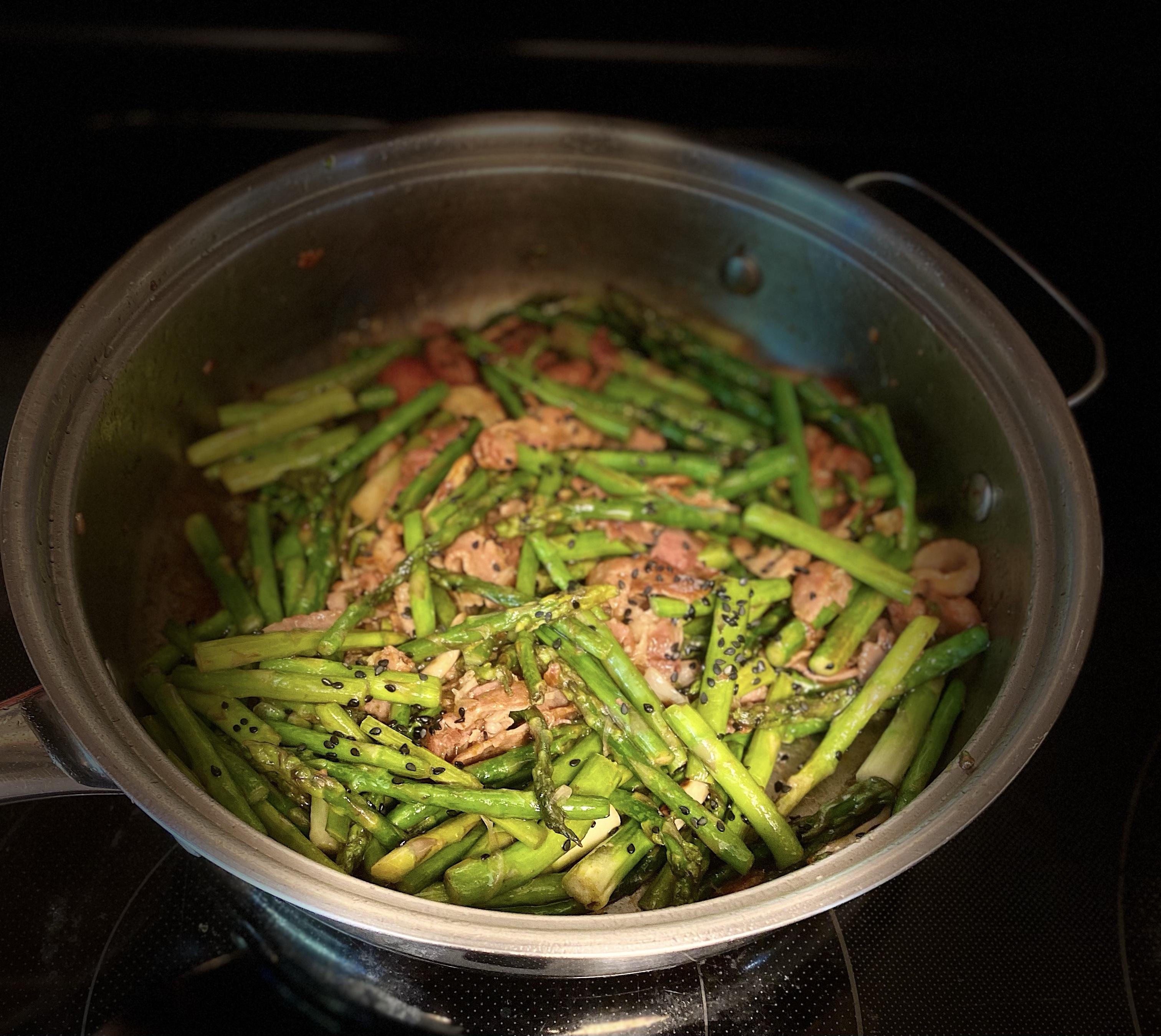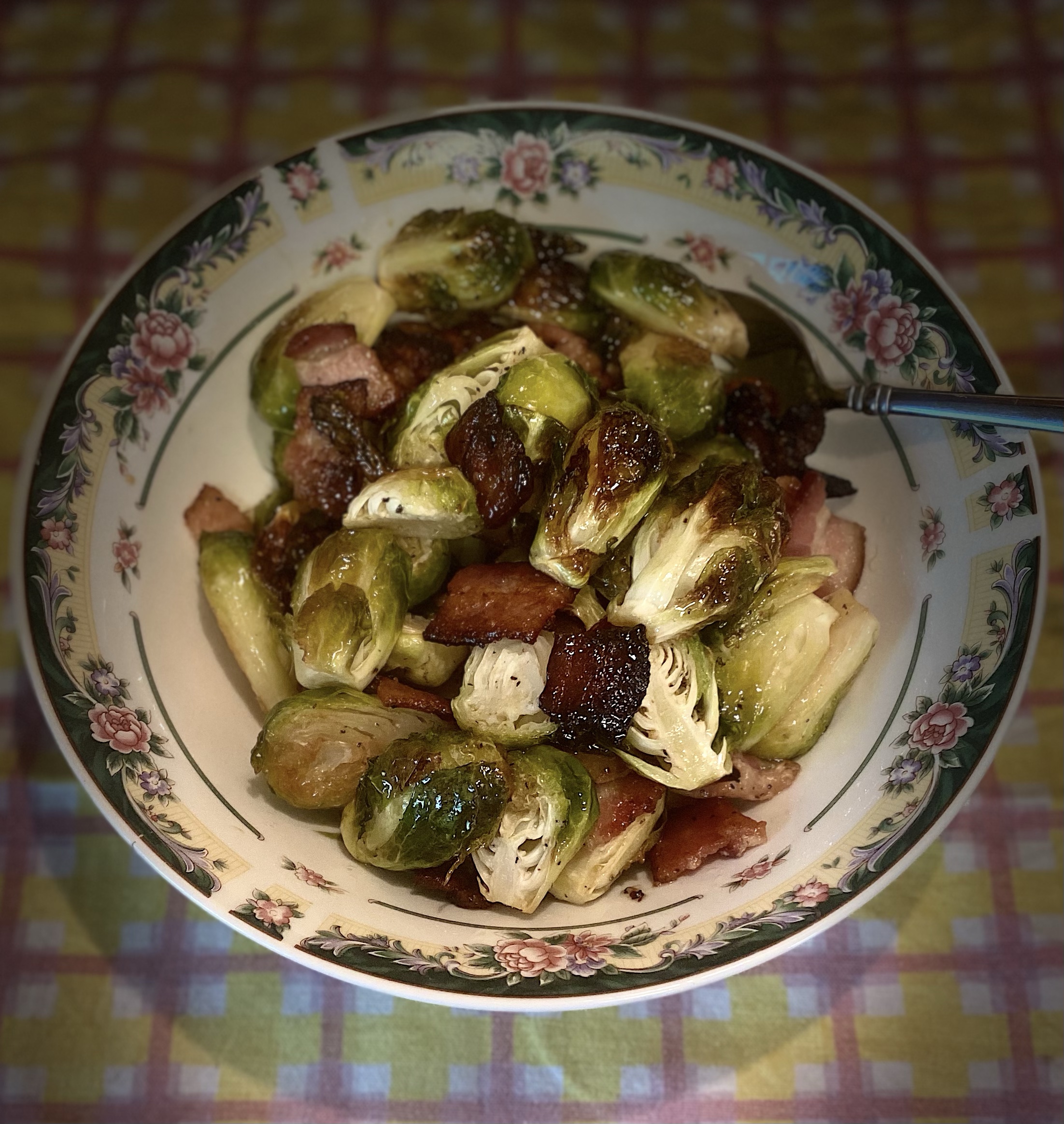Bacon Charred Brussels Sprouts with Parmesan is a delicious and savory side dish that is perfect for any beef or chicken dinner. Like this Slow Roasted Boneless Beef […]
Brussels Sprouts With Apples And Bacon
In only one skillet you bring together layers of flavor with a generous portion of bacon ensuring that each bite is packed with its savory essence, sweet and […]
Maple Bacon Syrup
Maple syrup is nothing more than maple tree sap that is boiled down to a syrup consistency. It has a distinct flavor, generally a rich caramel-like taste with […]
Tortellini Carbonara With Spinach
This Tortellini Carbonara With Spinach is a super easy and delicious one skillet meal. It’s total comfort food. A rich and creamy alternative from the traditional Spaghetti Carbonara […]
Roast Chicken Bacon & Potato Omelette
An omelette is truly versatile. You can take a basic omelette of 3 eggs and add your favorite fillings just before you fold or roll it. Like these […]
Cooking With Pork
There are so many ways to eat pork. Chops, tenderloins, ribs, roasts, pulled pork, ground pork, soups, stews, and not to forget ham, bacon and pork belly. Pork […]
German Style Bacon Sage & Yellow Potato Hash
Everything tastes better with bacon. And potatoes are not an exception. This recipe has crispy smoked cherry wood bacon pieces with Sage, Rosemary and green onions tossed in […]
Teriyaki Bacon Wrapped Green Beans
Make easy Teriyaki Bacon Wrapped Green Beans for an appetizer or delicious side dish. These bacon bundles are something your family and friends will love and the kids […]
Sautéed Asparagus Garlic & Smoked Bacon
This asparagus garlic sauté is an easy, fresh and tender side dish with bacon chopped up and sautéed together creating the perfect combination of deliciousness. A sautéed dish […]
Maple Roasted Brussels Sprouts with Bacon
Caramelized with its natural sugars and maple syrup, this Maple Roasted Brussels sprouts with Bacon gains a nutty flavor from the roasting process. Thats the best way to […]











